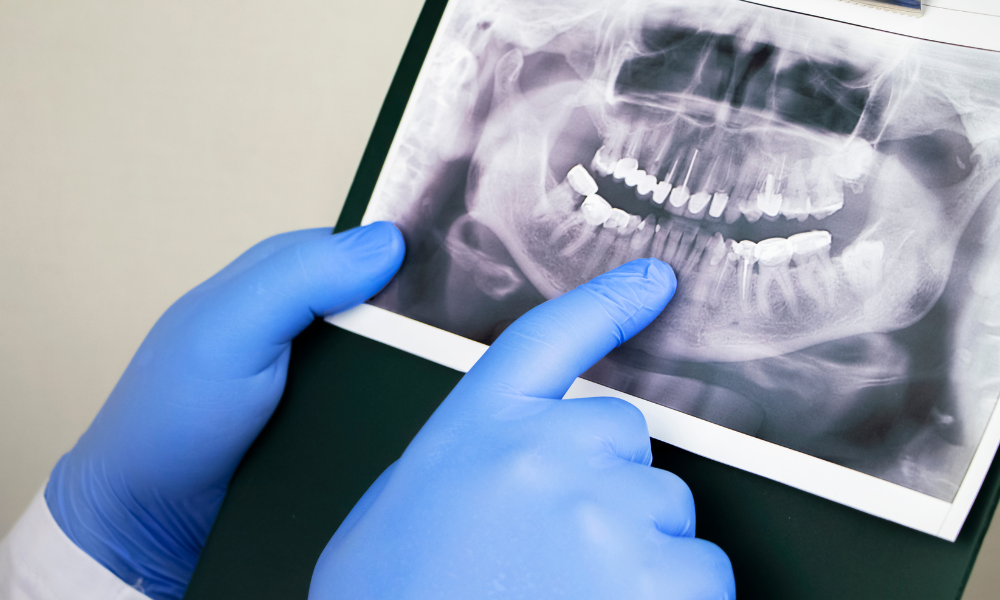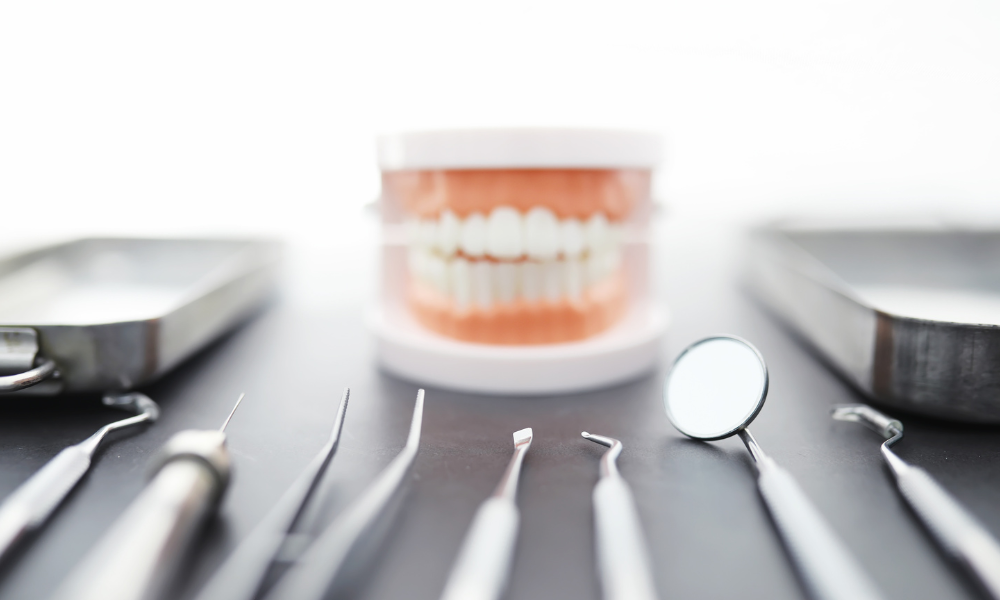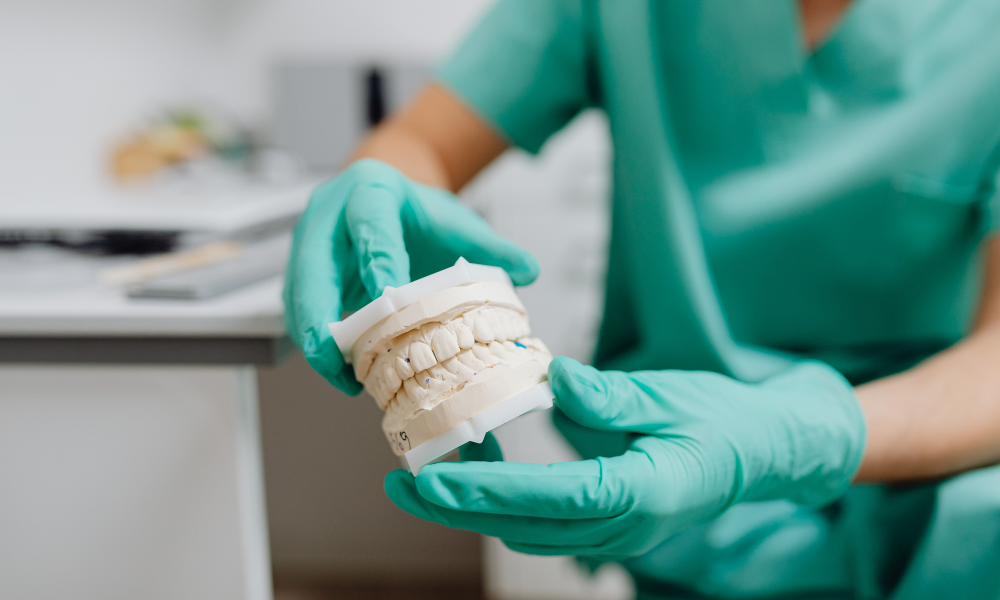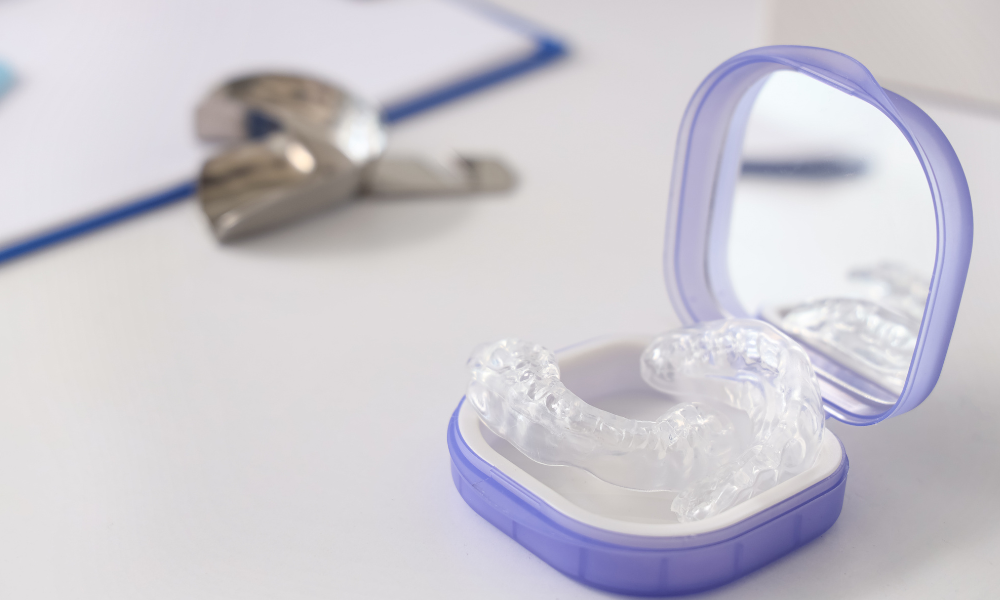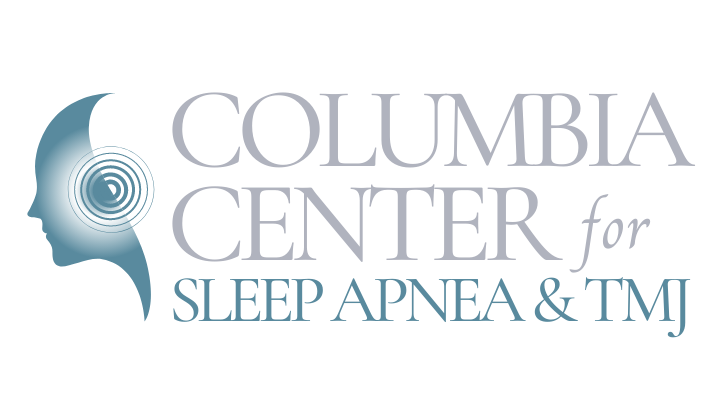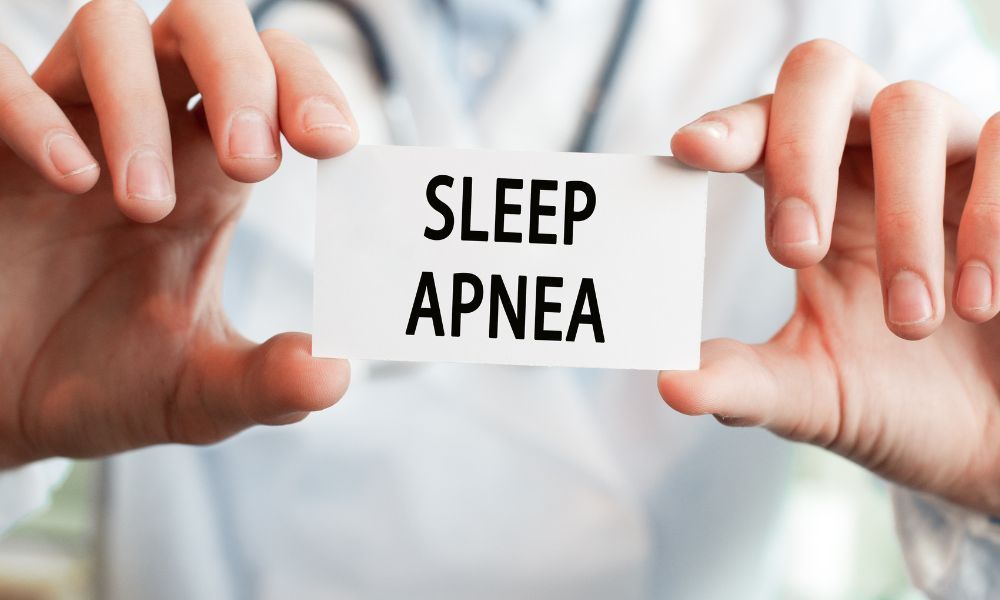
Navigating the world of sleep apnea and temporomandibular joint (TMJ) disorders can be confusing, particularly when faced with unfamiliar terminology. To empower individuals with a deeper understanding of these conditions, a comprehensive glossary of terms is essential. This knowledge not only facilitates better communication with healthcare professionals, but also promotes informed decision-making about your health and well-being.
In this post, we provide concise definitions for key terms and concepts related to sleep apnea and TMJ disorders. Our aim is to clarify complex ideas, eliminate confusion, and ensure that you feel confident in your understanding of these prevalent health conditions. With this valuable resource, you will be better equipped to navigate the challenges associated with sleep apnea and TMJ disorders, leading to improved health outcomes and enhanced quality of life.
The A-Z Glossary of Sleep Apnea and TMJ Terminology
A: Apnea and Hypopnea
- Apnea: A cessation of airflow due to a blocked or closed airway, lasting at least 10 seconds.
- Hypopnea: A partial blockage in the airway that leads to a significant reduction in airflow for at least 10 seconds, generally accompanied by a drop in blood oxygen levels.
B: Bruxism
- Bruxism: The involuntary grinding or clenching of teeth, generally occurring during sleep. Bruxism is closely linked to TMJ disorders as it can cause or exacerbate TMJ pain and inflammation.
C: Continuous Positive Airway Pressure (CPAP) Therapy
- CPAP: A treatment option for sleep apnea where a CPAP machine delivers a continuous flow of air through a mask or nasal pillow, ensuring the airway remains open during sleep.
D: Diagnostic Tests
- Diagnostic Tests: Tools that help evaluate the presence and severity of sleep apnea and TMJ disorders. Examples for sleep apnea are polysomnography (sleep study) and home sleep apnea tests (HSAT). TMJ disorder diagnosis typically involves physical examination, imaging studies like X-rays and MRI, and possibly arthroscopy.
E: Excessive Daytime Sleepiness (EDS)
- EDS: A common symptom of sleep apnea, characterized by unwarranted fatigue and a constant urge to fall asleep during waking hours.
F: Forward Head Posture
- Forward Head Posture: A misalignment of the head and neck, resulting in the head being positioned too far forward relative to the shoulders that may contribute to or worsen TMJ disorders.
G: Genioglossus Advancement (GA) Surgery
- GA Surgery: A surgical treatment for sleep apnea that involves advancing the genioglossus muscle (located at the base of the tongue) forward to reduce airway obstruction.
H: Home Sleep Apnea Test (HSAT)
- HSAT: A diagnostic tool for sleep apnea that can be used in the comfort of one's own home to measure breathing, heart rate, and blood oxygen levels during sleep.
I: Intraoral Appliances
- Intraoral Appliances: Devices that are custom-designed and fitted in the dentist's office to treat sleep apnea or TMJ disorders. Examples include oral appliances (e.g., mandibular advancement devices) for sleep apnea and stabilization splints for TMJ disorders.
J: Jaw Exercises
- Jaw Exercises: Therapeutic exercises designed to relieve TMJ pain, increase joint mobility, and improve muscle strength.
K: Kinesiophobia
- Kinesiophobia: Fear of movement or fear of pain reoccurrence due to movement, often observed in patients with chronic TMJ disorders.
L: Lifestyle Changes
- Lifestyle Changes: Adjustments to daily habits and routines that can help alleviate or manage sleep apnea and TMJ disorders. Examples include weight loss, smoking cessation, reduced alcohol consumption, and improved sleep hygiene.
M: Maxillomandibular Advancement (MMA) Surgery
- MMA Surgery: A surgical treatment option for sleep apnea that involves repositioning the upper and lower jawbones to increase the size of the airway.
N: Night Guard
- Night Guard: A dental device worn during sleep to protect the teeth from excessive pressure and damage caused by grinding or clenching, which can also help alleviate TMJ pain.
As we continue to cover the A-Z terminology of sleep apnea and TMJ disorders, we will encompass a more comprehensive range of terms, ensuring accuracy and elucidation in regard to these prevalent health conditions. By familiarizing yourself with the related terminology, you can enhance communication with healthcare professionals and make informed decisions about your health and well-being.
Empower Yourself with Sleep Apnea and TMJ Knowledge
In conclusion, expanding your understanding of sleep apnea and TMJ disorder terminology will provide valuable insights into these complex health conditions. By familiarizing yourself with the glossary, you can better communicate with professionals, make informed decisions, and ultimately, achieve improved health outcomes.
At Columbia Center for Sleep Apnea and TMJ, Dr. Bloxham is committed to providing comprehensive and compassionate care for sleep apnea and TMJ disorders, as well as proactively educating our patients. If you have additional questions or concerns, schedule a consultation with
Dr. Bloxham today. Together, we can navigate the challenges of sleep apnea and TMJ disorders, ensuring that you receive the specialized care you need for enhanced overall well-being.



